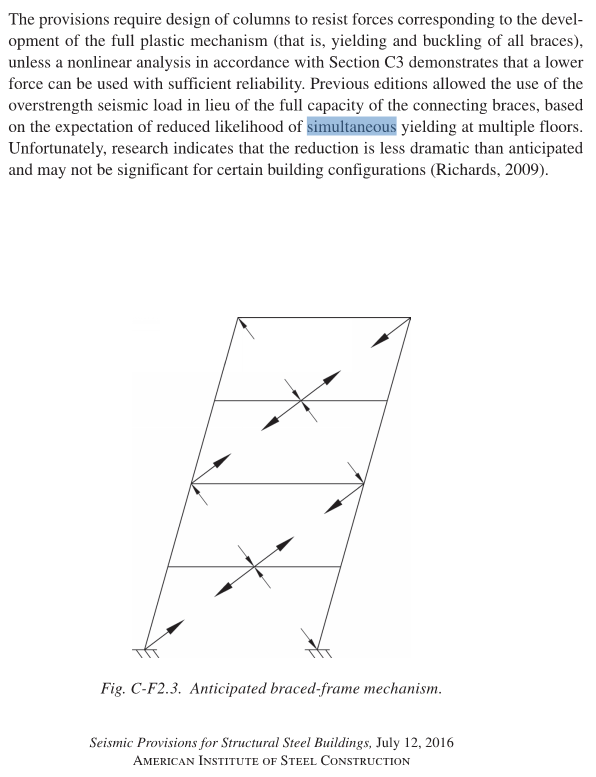msquared48
Structural
- Aug 7, 2007
- 14,745
Does the ASCE seismic overstrength factor apply to the tension uplift design for column baseplates?
Mike McCann, PE, SE (WA)
Mike McCann, PE, SE (WA)
Follow along with the video below to see how to install our site as a web app on your home screen.
Note: This feature may not be available in some browsers.
sandman21 said:I only mention since they have two different requirements and the requirements diverge.
Deker said:KootK - Perhaps exception 2c for non-linear analysis in section F2.3 is what you are referring to?

